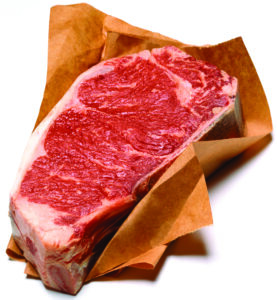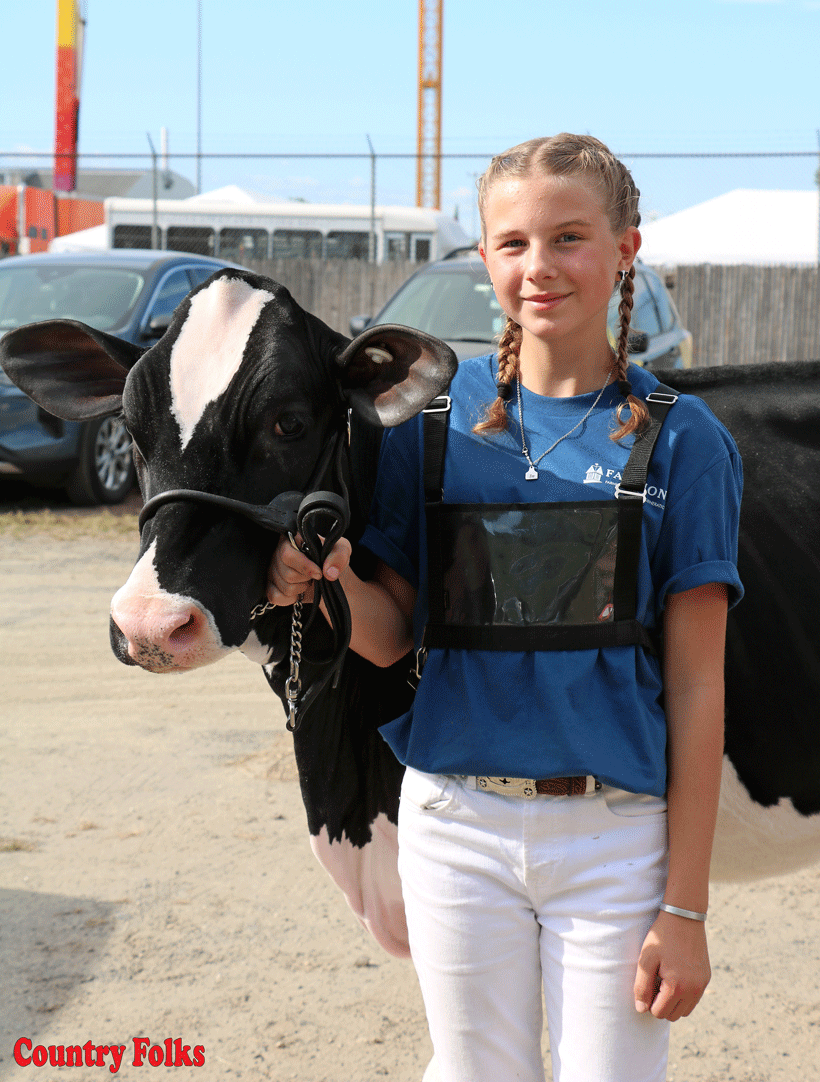Raising livestock takes some serious doing. Feeding, watering and minding troublesome animals makes for a long day’s work. When it’s over, who has the energy to sit down and sort through charts, graphs and economic trends to figure out how best to get your meat to market?
Consider calling in the experts. The “Not Your Parents’ Meat & Poultry Market: What Today’s Shoppers Seek When Purchasing Protein” webinar is as good a place as any to start. Hosted by the Flower Hill Institute, a Southwest-based, Indigenous-led, community-directed nonprofit that includes agricultural education and support in its long list of offerings, the session brought in market researcher Laurie Demeritt to share what the latest on the consumer demand for protein.
Demerritt’s firm, the Hartman Group, gets up close and personal with American shoppers by consensually following them around the grocery store, collecting in-depth responses to surveys about their preferences and poking through their fridges and cupboards. When Demeritt talks about consumers, it’s coming from her direct line.
Happily, the news from the Hartman Group is pretty much all good for the kinds of small producers the Flower Institute represents, starting with the fact that an impressive 75% of all surveyed adults want to add more protein into their diets. This marks an 8-point increase in the last year, with the trend only rising.
“This constant demand for protein seems to be increasing,” Demeritt said. “I should note it is diversifying the types of protein consumers we are thinking about too, especially in regards to animal protein.”
This means that consumers are getting curious about the parts of the animal they might have turned their noses up at in recent times, as the health benefits of items like organ meat and collagen-rich joints and feet are increasingly touted by experts and influencers.

If there is one data point Demeritt wants to stress, it’s that now, more than ever, consumers have health on the brain. They want the healthiest product possible, and across income brackets, they are willing to pay more for it. Claims-based products like grass-fed, no growth hormone beef from regenerative farms are in demand, and while their ecological benefits are appreciated, when people head to the grocery store they are seeing well-tended animal products as the healthiest options for themselves, and perhaps more importantly, their children.
With trends that once saw the value of the lowest price move toward quality over quantity, the previously all-powerful legacy brands based on industrial production are reeling. But small producers have always had the quality advantage, and today’s market is theirs for the taking. Demeritt sees local farmers as a perfect fit for consumer demand.
“Local has so much positive connotation for consumers,” she said. “Local means fresher – it hasn’t travelled as far. You know exactly where it’s coming from. But there’s also this real values-driven element – folks wanting to support the local economy, community, their neighbors, who share the same values.”
To reap the benefits of these desires, she urges small producers to play to their strengths and get their story out. The devotion to quality required to make it as a small-scale livestock farmer is exactly what consumers are looking for. Paint a picture of the care for the animals, the land itself and the people who work it. And since taste is king – the one truth Demeritt said remains steady as trends fluctuate – bring your product to specialty food stores and let consumers try it for themselves.
According to the Hartmann research, people are increasingly going out of their way to find the best protein sources and pay what it’s worth. They are starting to move away from typical cuts, and are even willing to cut out the middleman and go in with friends and family on a whole or half an animal. They also want to explore less traditional protein sources; previously under-appreciated options like goat are staging a comeback. Don’t be afraid to tempt the curious – modern consumers want to be won over.
For those concerned with putting in the work to woo consumers only to be left behind when the winds change, Demeritt said not to worry. “This is not just a fad, this is something that really matters,” she assured her audience. “Overall, most consumers have a desire for greater health. The mantra around more protein and less sugar will continue to gain steam, and consumers will get much more nosy and interested in how products are made.”
In other words, those who know their trade can keep on doing what they do best: putting out a quality product and telling the people how it’s done. The consumers will come to you.
by Holly Devon










Leave A Comment